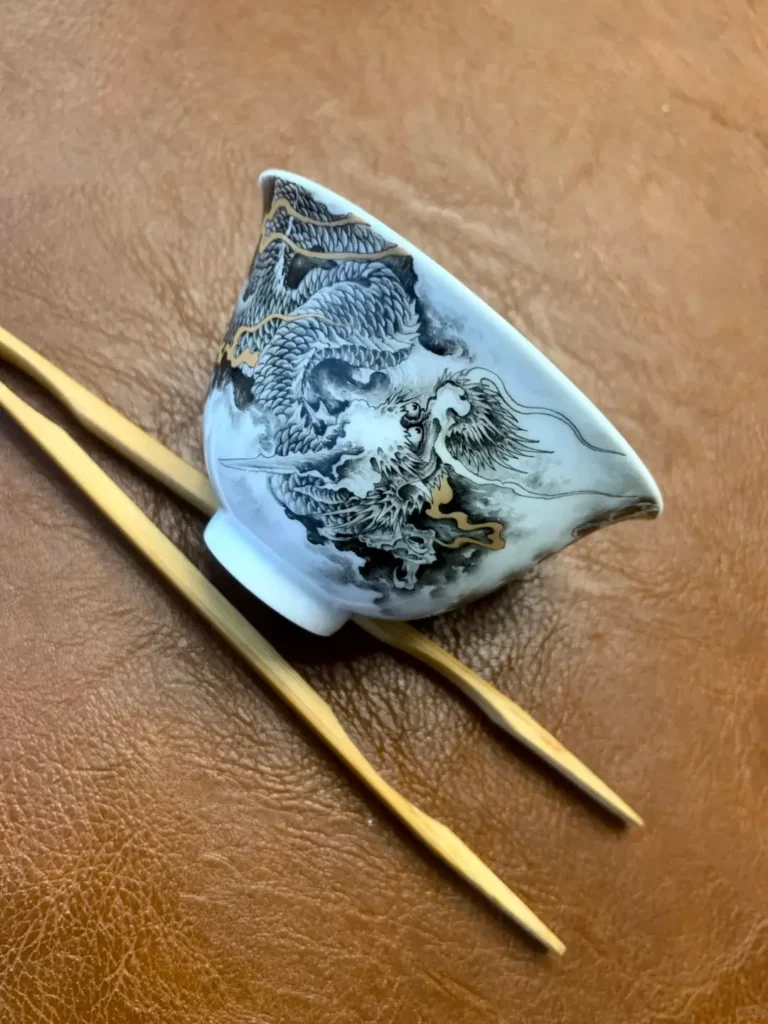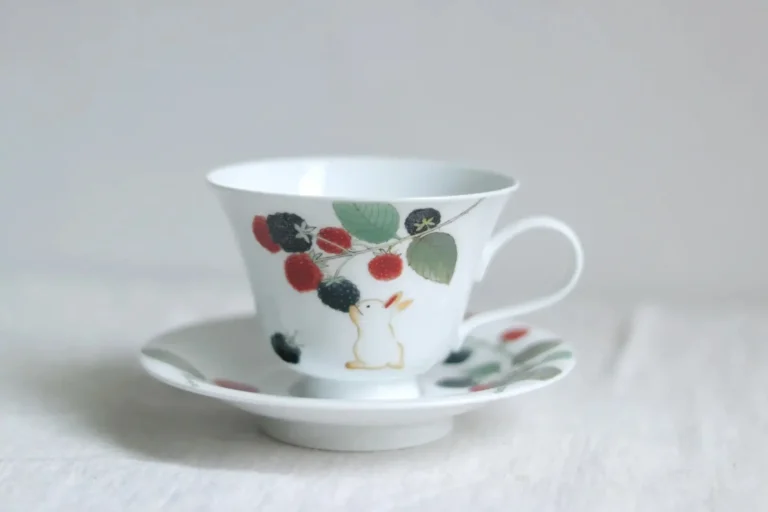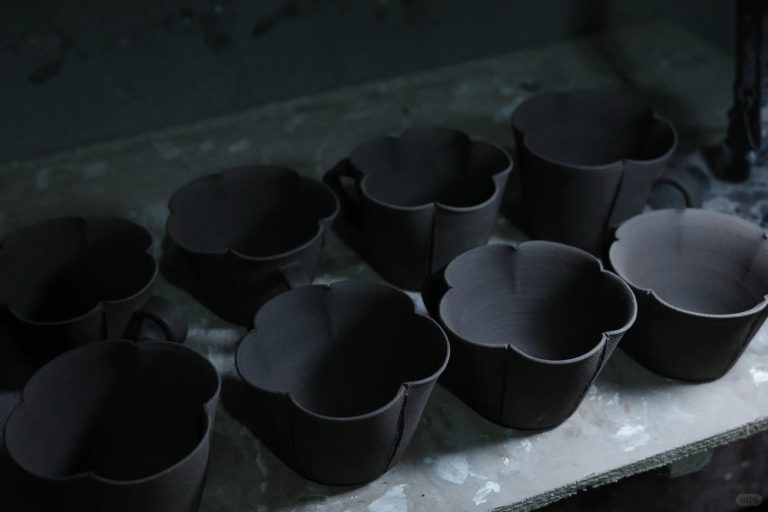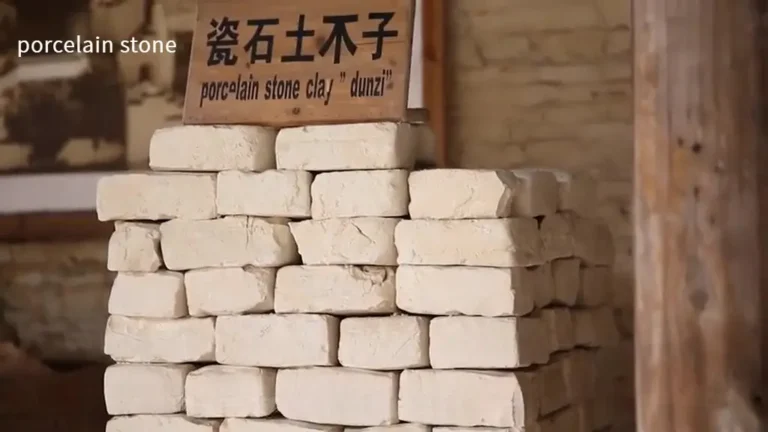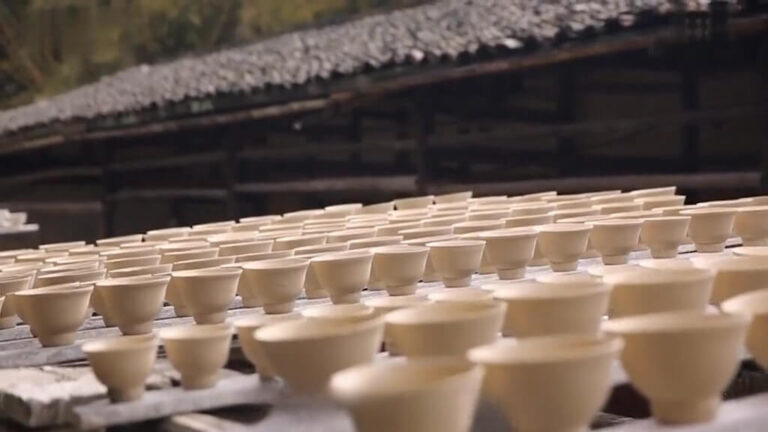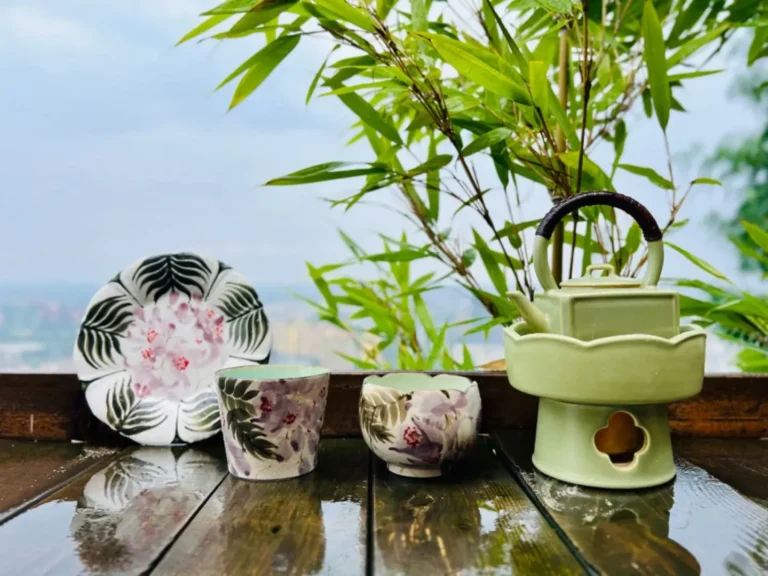How to Tell Porcelain from Pottery in the World of Custom Handmade Ceramics
Author: Yuan Taose Commune
Pottery and porcelain are daily necessities that people frequently come into contact with. Sometimes, they appear quite similar on the surface. However, they each have their own characteristics and are different from one another.How to differentiate custom handmade pottery and porcelain?
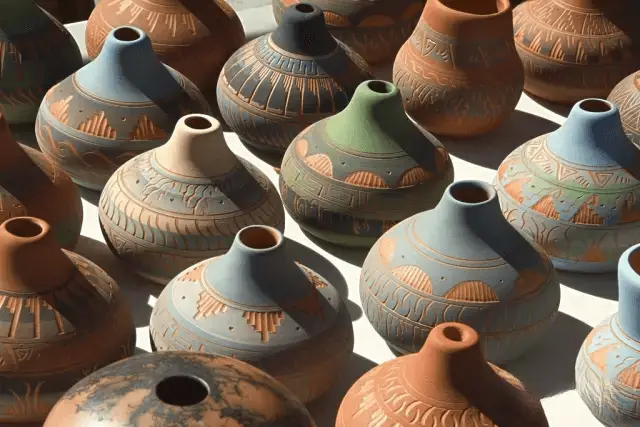
What Is Pottery?
Pottery is generally made using clay as the base. The firing temperature for pottery is roughly between 900 and 1050°C.If the fire reaches too high a temperature, it will damage and deform the pottery. The texture of the pottery body is relatively loose, with many pores, and therefore has strong water absorbency. Most pottery surfaces are unglazed; even if there is glaze, it is low-temperature glaze.
The History of Pottery in China
China has a history of firing pottery of about 10,000 years. In early human societies, pottery was first made by hand-molding to form a certain shape.
Later, the method developed into rolling the clay into strips of uniform thickness, then coiling the strips to build up a certain shape, and smoothing both the interior and exterior surfaces by hand. In the stage of patriarchal society, the wheel-throwing method appeared. After society entered the feudal period, craftsmen invented the molding method by pressing clay into molds to shape entire objects.
They likely used the earliest firing technique known as the stacking-burn method, where they placed sun-dried pottery blanks in the open air and fired them with firewood and straw. Around six to seven thousand years ago, people began using pottery kilns.
Archaeological workers, based on the color of the pottery, have divided pottery into categories such as red pottery, gray pottery, painted pottery, white pottery, color-painted pottery, black pottery, and glazed pottery.
Red pottery is the most common type of pottery in ancient times. Its color resembles that of red bricks. This is due to the full supply of air during kiln firing, forming an oxidizing atmosphere. The iron in the clay turns into ferric iron, which presents a red color.
Gray pottery refers to pottery that is gray or gray-black in color. Potters achieve this by controlling the firing conditions in the later stage of kiln firing to create a reducing atmosphere. When oxygen becomes scarce in the kiln, the iron oxides in the clay reduce to ferrous iron, producing gray or black pottery. Gray pottery is the most common and is usually quite coarse.
Painted pottery is pottery on which colored decorations are painted before it is placed into the kiln. After firing, the pottery appears in colors such as ochre, black, and white. The human-face and fish-pattern basin from the Banpo site in Xi’an is one example.
White pottery refers to white-colored pottery, which only appeared in the later period of the Neolithic Age. This is mainly because the clay used contains less iron oxide, eliminating the interference of certain pigments and thus resulting in a white appearance.
Color-painted pottery is also colored, but differs from painted pottery in that the coloring is applied after the pottery is fired. Because the pigment does not undergo firing, it does not bond firmly with the clay body and easily peels off. The Terracotta Warriors unearthed in Xi’an belong to this category of color-painted pottery.
Black pottery refers to pottery that is glossy and black in color, mainly found during the matriarchal clan society period. In the later stage of firing, artisans use thick smoke to fumigate the pottery, allowing carbon particles in the smoke to penetrate and fill its pores, which gives the pottery a black appearance. Artisans create some black pottery pieces with walls as thin as eggshells, calling them “eggshell pottery.” Collectors prize them for their rarity and delicacy.
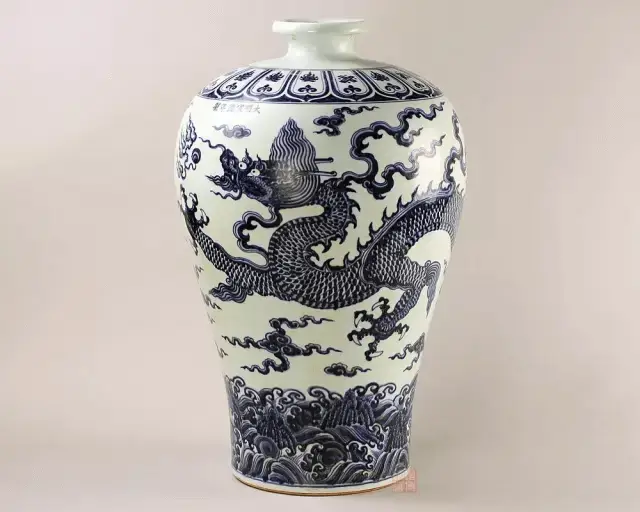
Glazed pottery refers to pottery that has a layer of lime glaze on the surface.The main components of glaze include silicon oxide, aluminum oxide, calcium oxide, and sodium oxide.Lime mixed with clay forms a glaze, which melts during firing to create a glassy surface. Adding certain metal oxides, such as copper oxide or cobalt oxide, to the glaze produces green or blue colors after firing. The well-known Tang Sancai (“Tang Three Colors”) is a type of glazed pottery.

